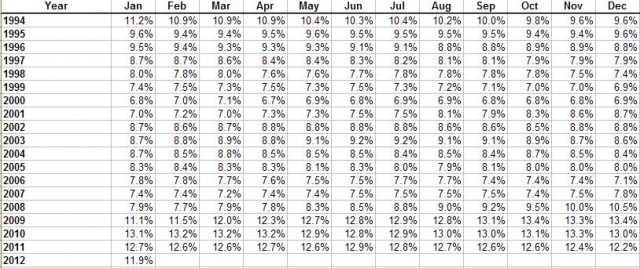(H/T – Tina Korbe)
I had resisted the conservative push to mark the 1,000+ days since the Senate last passed a budget, mostly because the budget they passed on April 29, 2009 was for FY2010, which ended on September 30, 2010, and they weren’t legally required to pass any succeeding budget until April 15, 2010. However, The Only Member of Congress That Matters, Sen. Dingy Harry Reid (Dingy-Nevada), just uttered that the Senate will not take up a FY2013 budget either. From The Hill:
Senate Democratic leaders said they don’t expect a fiscal 2013 budget to reach the floor this year because spending levels were set last summer under the debt-ceiling agreement.
“We do not need to bring a budget to the floor this year — it’s done, we don’t need to do it,” Senate Majority Leader Harry Reid (D-Nev.) told reporters on Friday, echoing previous statements from his office.
I could have swore I predicted when the debt deal was passed last year, this would happen. Thanks to The Dingy One and his sidekick Charles “Don’t call me Chuck” Schumer (Dunce-New York), that prediction came true:
Reid and Sen. Charles Schumer (D-N.Y.) argued that the debt-limit agreement in August directs spending for the next year and that Senate Appropriations Chairman Daniel Inouye (D-Hawaii) has already asked the heads of the subcommittees to write their appropriations bills for fiscal 2013.
Let’s do some math:
- The next Congress will be seated on (or about) January 3, 2013. Even if the Senate passes a budget that day, it will be 1,345 days after they passed the prior budget, and 994 days after they were required to pass the FY2011 budget on April 15, 2010.
- Unless said budget covers the remainder of FY2013, the Senate will have gone 1,096 days between the expiration of the last passed budget (for FY2010) and the start of the next adopted budget (for FY2014).
By the way, the Congressional Budget Office estimates that the federal debt will have increased by $3,252,000,000,000 in the three full fiscal years Congress has operated without a budget. It took over 200 years to reach the first $3,252,000,000,000.
